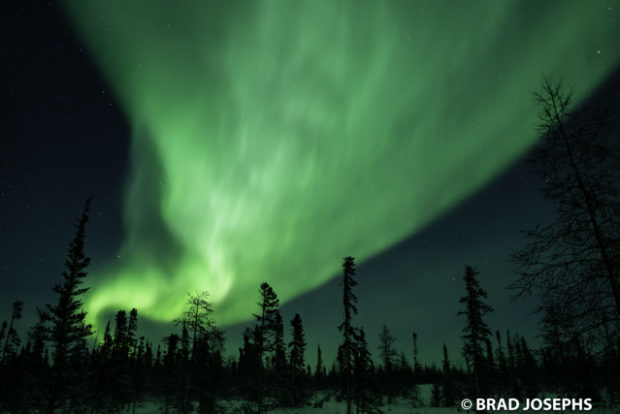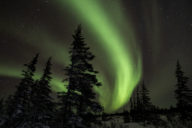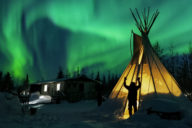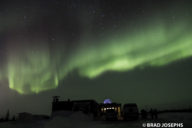I love time lapses, and will do compose some from material I gathered using an intervalometer, which is a gizmo you plug into your camera which you can program to fire frames unattended at the set time interval. Its quite a bit of work in post processing to create, but the sequences are truly amazing. Click here to read more about how to make a time lapse from one of my posts from last winter. It is great for me when Im guiding, because I set my camera up and let it run on its own- leaving me free to help the travelers I am guiding get their own photos, while capturing one of the most stunning pieces of media one can get on earth. Ill put together some time lapses from the last few weeks soon. Time lapses are stunning, but they don’t really show the viewer what aurora looks like in reality. Camera technology has come so far recently, especially the new high end mirrorless cameras, they can actually see, photograph and film in the dark. The Sony A9 can operate at extremely high ISOs (200k ISO) and tolerate the noise impressively well. Here are some scenes of a stunning auroral display shown as seen by the naked eye, in video. The camera captures the color that is there, but the eye cannot detect it because our eyes use cone-based colour vision in bright light and rod-based colour-blind vision in dim light. On bright displays the eye can see some color, mostly green, during auroral displays, but not the same as the camera can record. I desaturated the video a bit to look more natural, but as you can see, it is still stunning. I filmed this at 30 fps, f 2.8, 1/4 sec shutter speed and ISO 25500. You can hear traveler Jan Anderson and I discuss what it is like to behold a strong display. Take a look…..
north to the future! Brad






2 Comments
Amazing vid, thanks for sharing and thanks for sharing your knowledge. This truly is beautiful and brings back memories. Thank you !!! 😉
OMG!! part of it looks like a GIANT hand reaching out towards you!!!